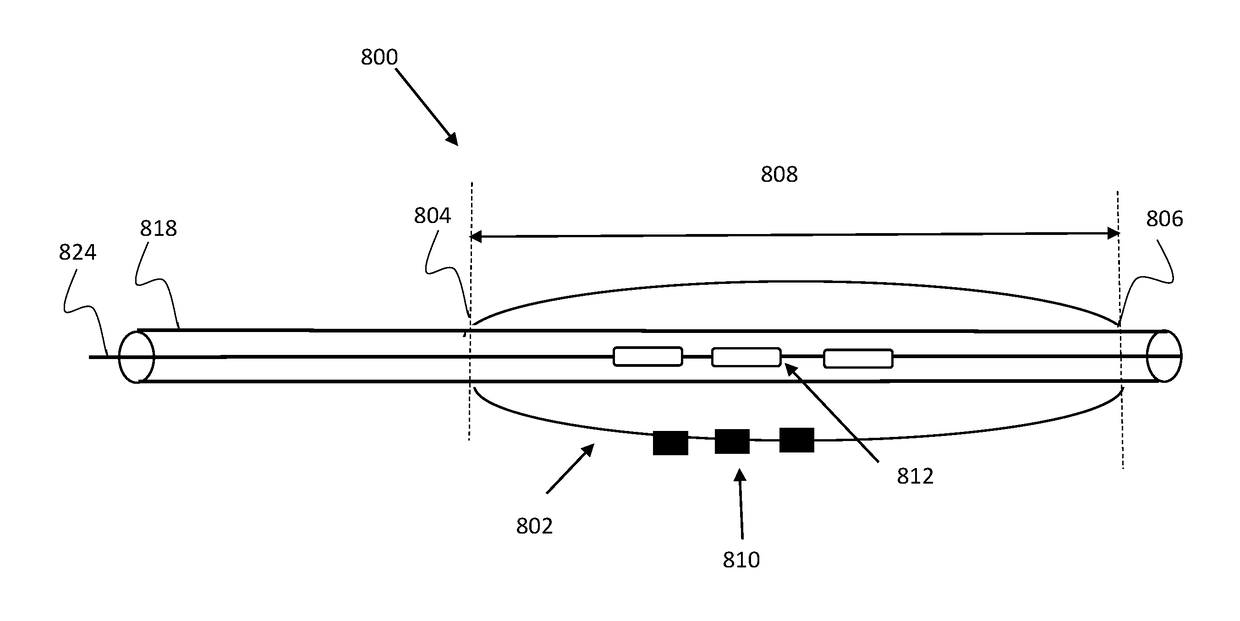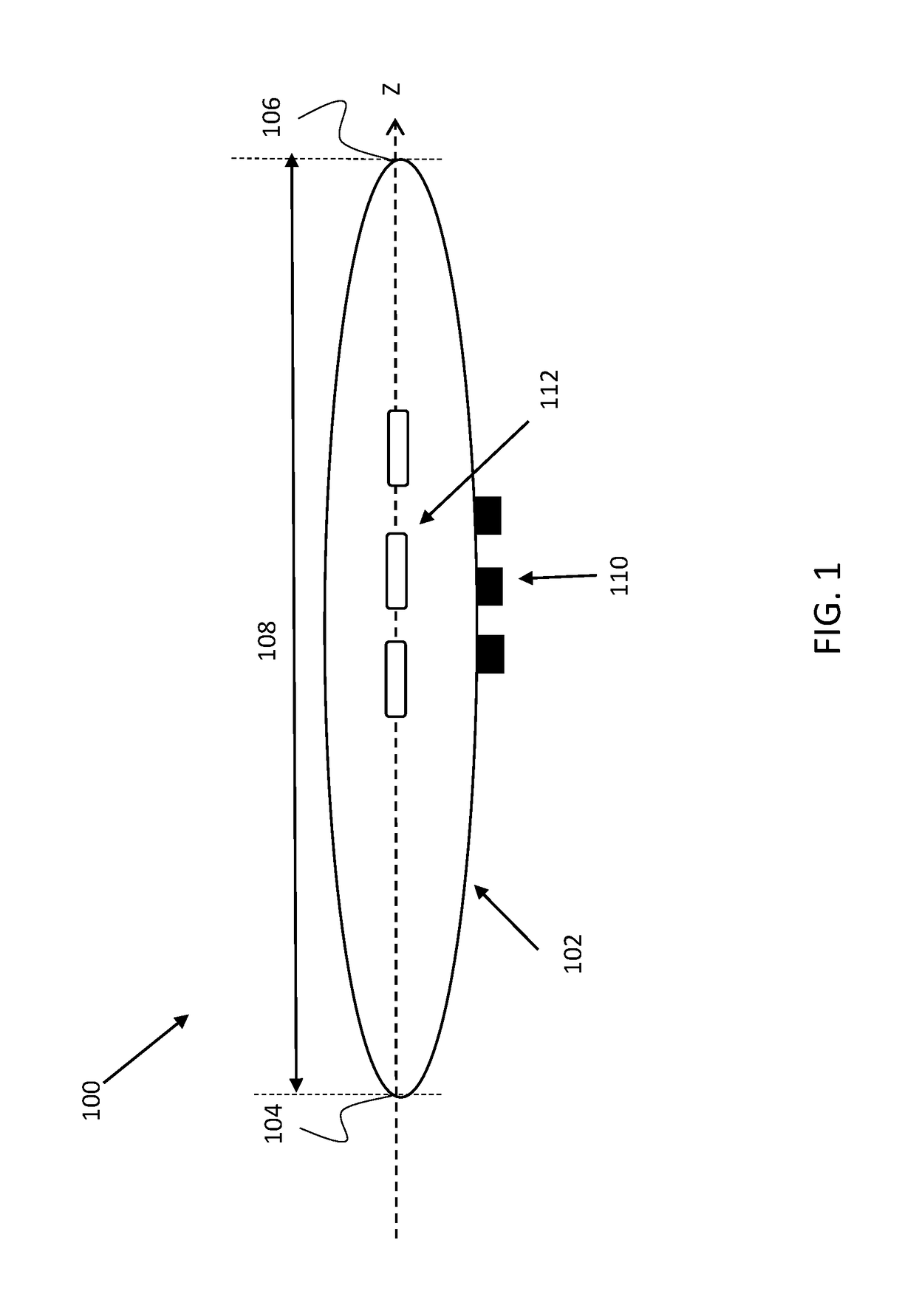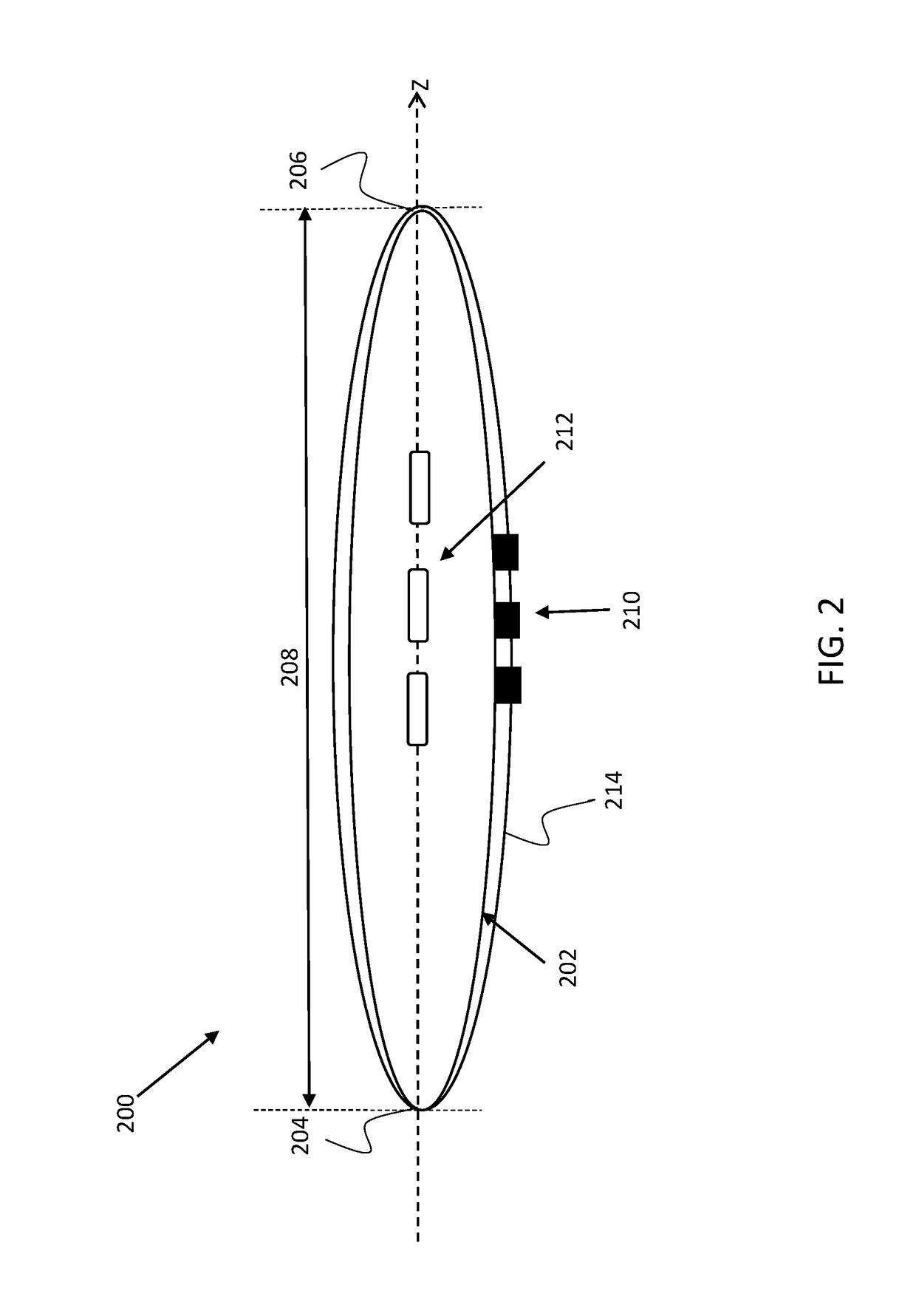Percutaneous modification of vascular extracellular matrix to prevent and treat vascular restenosis
a technology of extracellular matrix and vascular artery, applied in the field of vascular implants, can solve the problems of increasing the risk of stent thrombosis, high rate of restenosis, and exposing the patient to blood flow, and achieve the effect of treating and preventing restenosis
- Summary
- Abstract
- Description
- Claims
- Application Information
AI Technical Summary
Benefits of technology
Problems solved by technology
Method used
Image
Examples
Embodiment Construction
[0038]The present invention provides devices, systems and methods useful for treating and / or preventing restenosis. According to an embodiment, restenosis is treated and / or prevented by changing a property of the extracellular matrix (ECM) within a tissue surrounding a vascular stent or atherosclerotic lesion. According to an embodiment, treating, decreasing, ameliorating, and / or preventing restenosis is achieved by cross linking a collagen fibril of the ECM. According to an embodiment, cross linking is induced (e.g., catalyzed) by a photosensitizer agent which is photoactivated by a light source in order to cross-link collagen of the ECM. In one embodiment, cross linking a collagen fibril of the extracellular matrix decrease the risk of distal embolization using stent delivery or angioplasty.
[0039]It is noted that the terms “collagen” and “collagen fibril” as used herein can be used interchangeably.
[0040]Throughout the text the terms “vessel” and “blood vessel” are used interchange...
PUM
| Property | Measurement | Unit |
|---|---|---|
| wavelength | aaaaa | aaaaa |
| wavelength | aaaaa | aaaaa |
| diameter | aaaaa | aaaaa |
Abstract
Description
Claims
Application Information
 Login to View More
Login to View More - R&D
- Intellectual Property
- Life Sciences
- Materials
- Tech Scout
- Unparalleled Data Quality
- Higher Quality Content
- 60% Fewer Hallucinations
Browse by: Latest US Patents, China's latest patents, Technical Efficacy Thesaurus, Application Domain, Technology Topic, Popular Technical Reports.
© 2025 PatSnap. All rights reserved.Legal|Privacy policy|Modern Slavery Act Transparency Statement|Sitemap|About US| Contact US: help@patsnap.com



